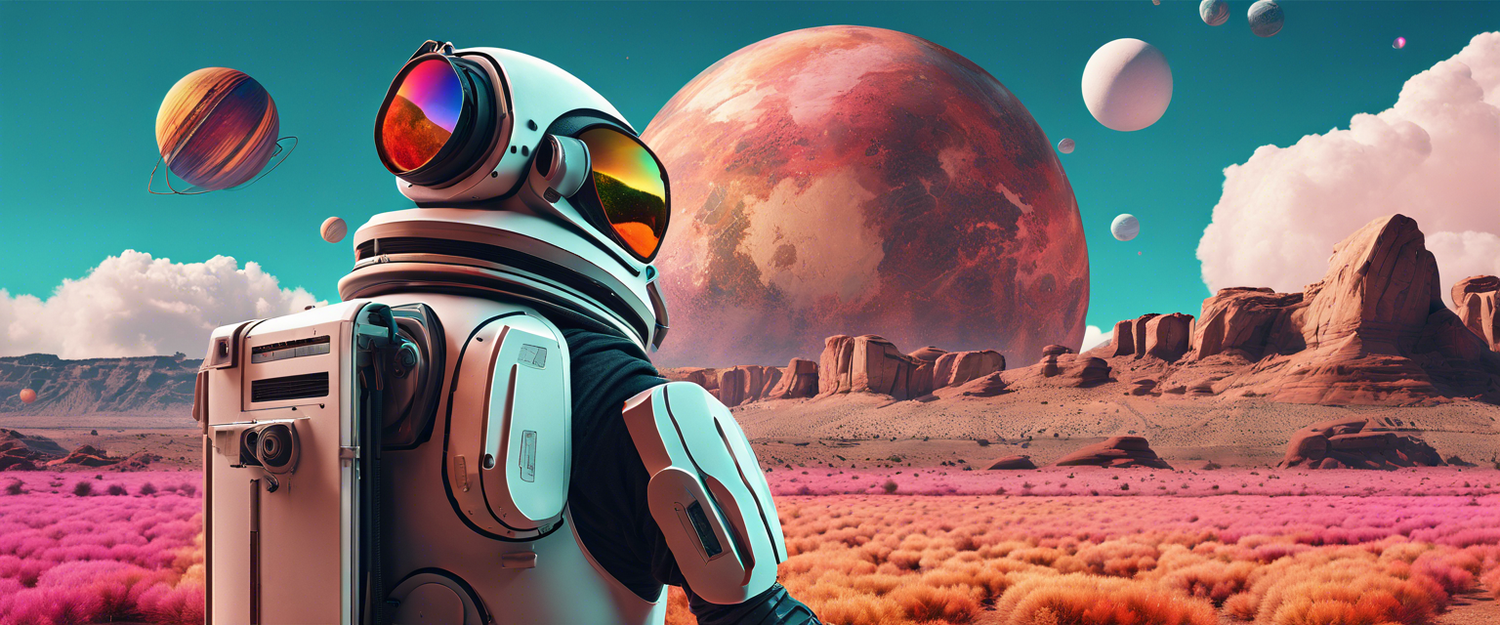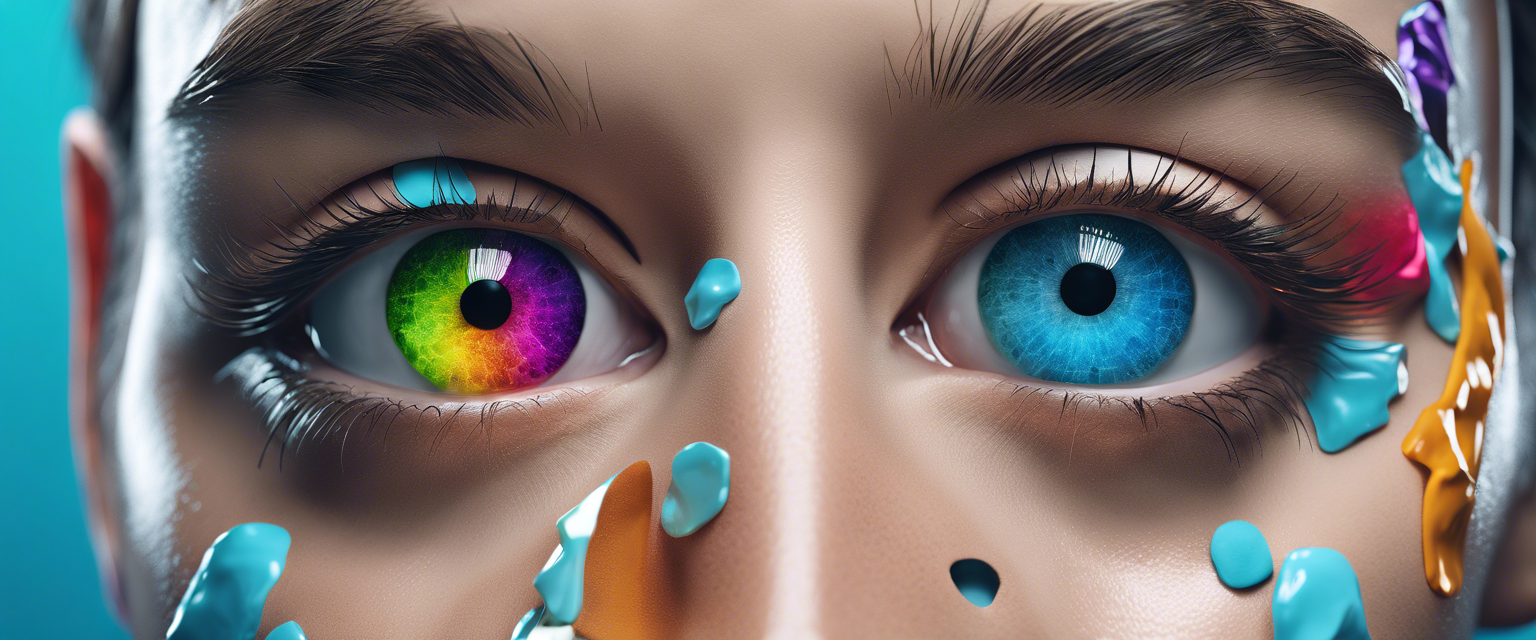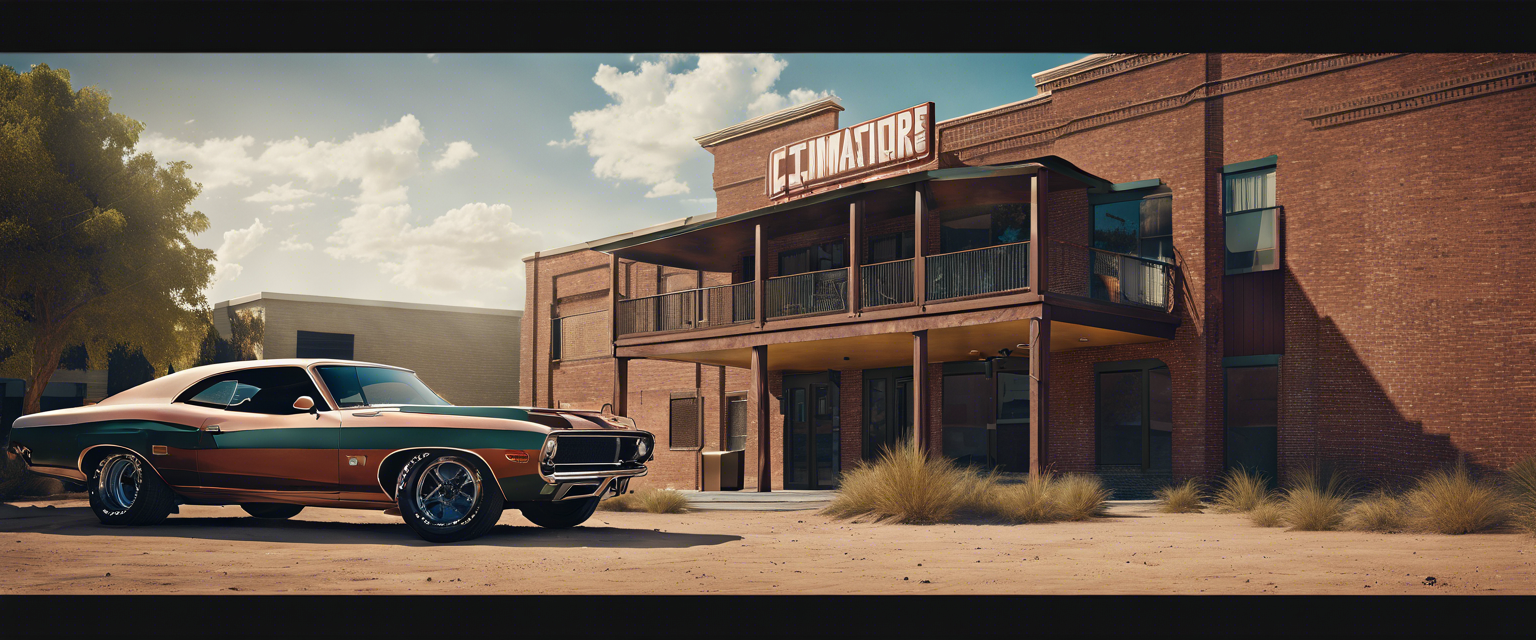Discovering Craiyon: The Future of AI-Driven Image Generation
In the rapidly evolving field of AI image creation, Craiyon (formerly known as DALL-E Mini) emerges as a game-changer. Following in the footsteps of OpenAI's DALL-E, Craiyon offers an innovative and accessible platform for generating stunning images through simple textual prompts. This open-source model is completely free to use and has no restrictions on the kinds of images you can generate, fostering creativity and exploration in visual arts.
How Does Craiyon Work? A Simple Explanation
At its core, Craiyon analyzes millions of images available on the internet alongside their descriptive captions. The AI identifies repeating patterns and distinctive features from these images over time. This process allows it to learn how to represent what constitutes various words and phrases. Importantly, while Craiyon generates images based on these prompts, it doesn't "understand" the words in the human sense but seeks to embody their essence visually.
Core Components in Craiyon’s Functionality
- Image Encoder: This component converts raw images into a sequence of numeric codes that the AI can process.
- Text-to-Image Model: It translates your text prompts into encoded image representations.
- Quality Assessment Model: This model evaluates the generated images to ensure they meet a certain quality standard.
Craiyon in Action
Using Craiyon is straightforward: navigate to www.craiyon.com. You’ll find an input field for your prompts. Simply type in a description, for example, "spaceship flying to Mars," then click "generate." Within approximately 20 seconds, Craiyon will produce your requested images.
Enhancing Image Generation: Prompt Tips
To maximize the effectiveness of your image generation, consider using specific prompt structures:
- Art Style Descriptions: Incorporate artistic styles. For instance, mention if you want a piece to resemble works by famous artists like Picasso or Van Gogh, or specify styles such as Impressionism or Abstract.
- Composition Descriptions: Clarify how you want the elements arranged in the artwork; terms like "aerial view," "close-up," or "wide-angle" can be beneficial.
- Atmosphere/Mood Descriptions: Convey the emotion or atmosphere of the piece, using adjectives like "dark," "colorful," "futuristic," or "vintage" to shape viewer perception.
If you're interested in diving deeper into effective prompt structuring, check out these DALL-E 2 Prompt Engineering Guide and the Prompt Book Slide Show for more insights.
Wrapping Up: Unleash the Power of Craiyon
Craiyon stands out as a user-friendly and accessible platform for transforming text prompts into stunning visuals. In this tutorial, we've explored image generation techniques, optimal prompt structures, and invaluable tips for success. With your newfound expertise, you are now ready to create spectacular artworks, and we encourage you to participate in our upcoming AI Hackathons to bring your creative ideas to life!
Thank you for exploring the world of Craiyon with us!
- Fabian Stehle, Data Science Intern at New Native



Leave a comment
All comments are moderated before being published.
Trang web này được bảo vệ bằng hCaptcha. Ngoài ra, cũng áp dụng Chính sách quyền riêng tư và Điều khoản dịch vụ của hCaptcha.